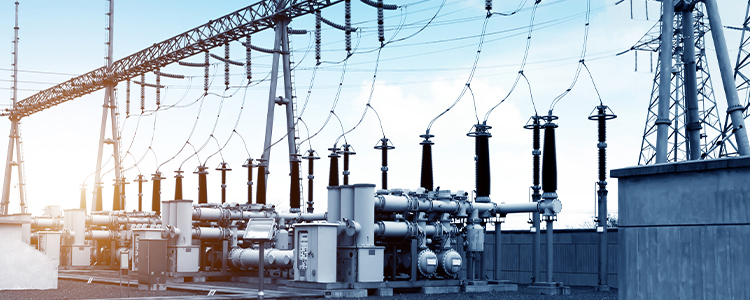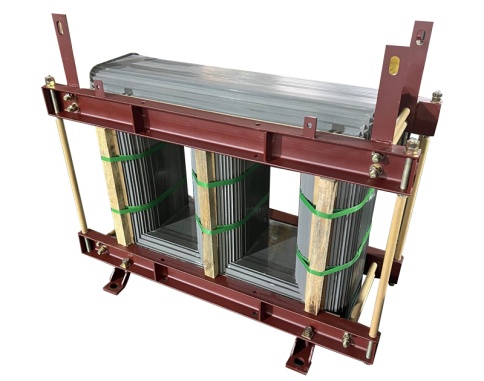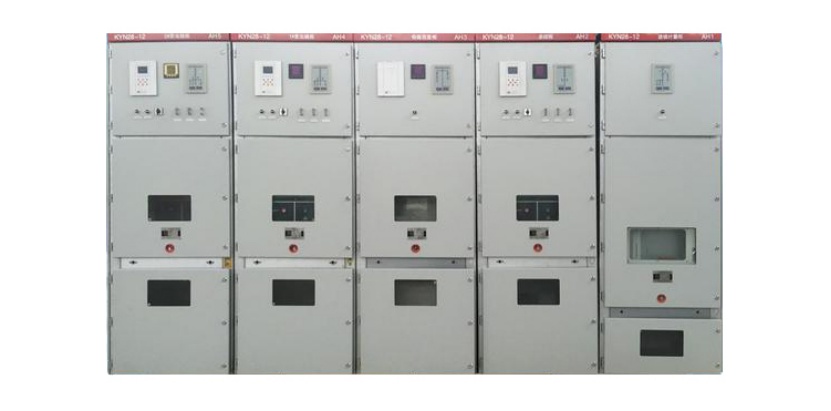- All
- Product Name
- Product Keyword
- Product Model
- Product Summary
- Product Description
- Multi Field Search


Views: 0 Author: Site Editor Publish Time: 2025-10-22 Origin: Site
1.Overview of Electrical Transformers
2.Characteristics of Single Phase Distribution Transformers
3.Characteristics of Three Phase Transformers
4.Technical Differences Between Single Phase and Three Phase Transformers
5.Performance Comparison in Real-World Applications
6.Factors to Consider When Choosing Between the Two Types
7.SHENGTE as a Reliable Supplier of Power Equipment
Transformers function as essential components in contemporary power distribution systems to provide both reliable and efficient electricity transmission. The single phase distribution transformer and three phase transformer represent two fundamental transformer types which serve distinct purposes for different applications. The correct selection of equipment depends on understanding the fundamental distinctions between these two transformer types for residential and commercial and industrial applications.

The electrical system depends on transformers as essential devices which transform voltage levels to enable secure and efficient power distribution.
The transformer functions as an electrical device which uses electromagnetic induction to move power between multiple circuits. The transformer allows voltage transformation between high and low levels (or between low and high) to support safe electrical transmission across extended distances and usage in residential and industrial settings.
The core of a transformer consists of laminated steel sheets which support windings made from insulated copper or aluminum wires. The primary winding accepts input voltage but the secondary winding produces the output voltage that has been transformed. The core functions to direct magnetic flux produced by AC which enables effective energy transfer.
The main distinction between transformers exists between single-phase and three-phase models based on their power handling capabilities. The classification system determines the physical design and operational capacity and intended use of transformers.
Single phase distribution transformers serve applications that require low power consumption.
The design of single phase transformers consists of two windings which include a primary and a secondary section. The equipment features small dimensions and light weight which simplifies both installation and maintenance operations. SHENGTE delivers complete reliable equipment solutions for contemporary power systems through single phase products that fulfill quality requirements.
The transformers work best in residential areas and rural settings and light commercial buildings and street lighting and small office spaces with average power usage. The simple design of these transformers makes them perfect for decentralized power distribution systems.
Single phase distribution transformers provide advantages through their affordable initial price and simple wiring design and easy maintenance access and basic installation needs and reduced component failure risk. The design of single phase distribution transformers includes fewer components which decreases their likelihood of long-term failure.
The growing energy requirements of industrial and urban areas make three phase transformers necessary because they provide efficient power handling for substantial loads.
The three-phase transformer design includes two configurations: three individual single-phase units that operate together or a single transformer with three winding sets placed on a shared core. The design provides uninterrupted power supply while maintaining stable voltage levels across all three phases.
The transformers operate in various high-demand locations including factories and large office buildings and shopping malls and hospitals and airports and railways and docks and oil stations. The Pab mounted transformers with central design of traditional transformers operate in box type shells which provide small size and light weight and low noise and low loss and high reliability for such applications.
Three phase systems operate with continuous power transmission at higher efficiency rates than single phase systems. The system operates at better stability and lower energy loss because it distributes its current load evenly across all three phases when handling heavy loads.
![]()
The technical differences between transformers enable stakeholders to select the best transformer model for their particular needs.
Three phase transformers operate at higher voltage levels than single-phase transformers. The transformers work best for long-distance transmission lines because they minimize power loss.
Single-phase systems experience unbalanced loads which create operational inefficiencies. The three-phase system distributes power equally between its three conductors which leads to better system performance during changing demand periods.
Single-phase units need basic infrastructure to operate which makes them suitable for rural areas and limited spaces. The combined transformer serves as a complete power transformation and distribution system which functions as an American style box transformer or pad mounted transformer to simplify three-phase setup installation through its built-in switching devices in a single compact enclosure.
The system experiences increased energy losses when operating under heavy loads because unbalanced single-phase systems distribute current unevenly. The S11 type transformer provides excellent performance and low loss characteristics which help reduce inefficiencies when using SHENGTE's pad mounted models with advanced designs.
Real-world situations demonstrate how each transformer type operates when exposed to various environmental factors and user requirements.
Three-phase systems serve urban areas because they provide stable voltage distribution to multiple buildings in densely populated areas. The system operates throughout urban areas. Single-phase distribution transformers serve residential areas because they provide dependable service to areas with reduced power requirements.
Three-phase units achieve better efficiency under heavy load conditions because they operate in a balanced manner.SHENGTE tests each distribution transformer extensively at the production floor to guarantee peak performance for all client-selected configurations.
Single-phase units have lower initial expenses but three-phase systems deliver better long-term value because they minimize energy waste which becomes crucial for facilities that need to operate at high capacity continuously.
The selection between single-phase and three-phase systems depends on multiple operational requirements that need to be considered according to project specifications.
Single phase distribution transformers work well for residential and small commercial properties. Three-phase pad mounted transformers serve industrial plants and large commercial facilities which need continuous high-power supply because they provide a compact design with safety features for demanding operations.
A three-phase system provides future scalability because it allows facility expansion without needing significant later infrastructure modifications.SHENGTE provides complete support from start to finish and after-sales service which enables smooth system upgrades when needed.
Single-phase units become more attractive to users with limited budgets because of their lower cost but SHENGTE provides complete installation support that minimizes future maintenance expenses for all system types.
A reliable manufacturer selection leads to durable products and sustained technical assistance during all deployment stages.
SHENGTE operates as a major distribution transformer producer in Guangdong Province with worldwide delivery options supported by its extensive experience serving different market segments including utility companies and infrastructure development projects across the globe.
SHENGTE delivers customized solutions for distribution transformers and matching low voltage switchgear/high voltage switchgear systems which include dry type and oil-immersed options for various operational settings from indoor to outdoor applications.

Our organization maintains a commitment to deliver top-quality power distribution transformers to all users. Our testing procedures for every unit follow international standards to guarantee safe operation across different load conditions worldwide and we provide local service support when needed.
The selection between single phase and three phase systems depends on the size of the operation.
· Single phase suits small-scale residential/light commercial use.
· Three phase excels at handling large industrial/commercial loads efficiently.
· Installation complexity increases from single to triple phase but so does performance.
· Cost trade-offs exist between initial investment vs operational efficiency.
· Reliable suppliers like SHENGTE ensure system reliability through innovation-driven manufacturing processes.
Q1: What is the primary benefit of using a single phase distribution transformer?
A: The primary benefit of a single phase distribution transformer lies in its simple, compact, and affordable design, making it ideal for residential areas. It delivers reliable power service to areas with average power needs and requires less complicated infrastructure compared to three-phase distribution systems.
Q2: Can a three-phase transformer power single-phase loads?
A: Yes, a three-phase transformer can power single-phase loads by selecting one pair of windings. However, proper setup by qualified personnel is essential to prevent unbalanced loading, which can decrease efficiency.
Q3: What are the steps to choose the right transformer for my project?
A: To choose the right transformer, first determine your application type (residential or industrial), evaluate current and future power needs, and consider financial limitations. SHENGTE offers full consultation services to help select the transformer best suited for your specific needs.